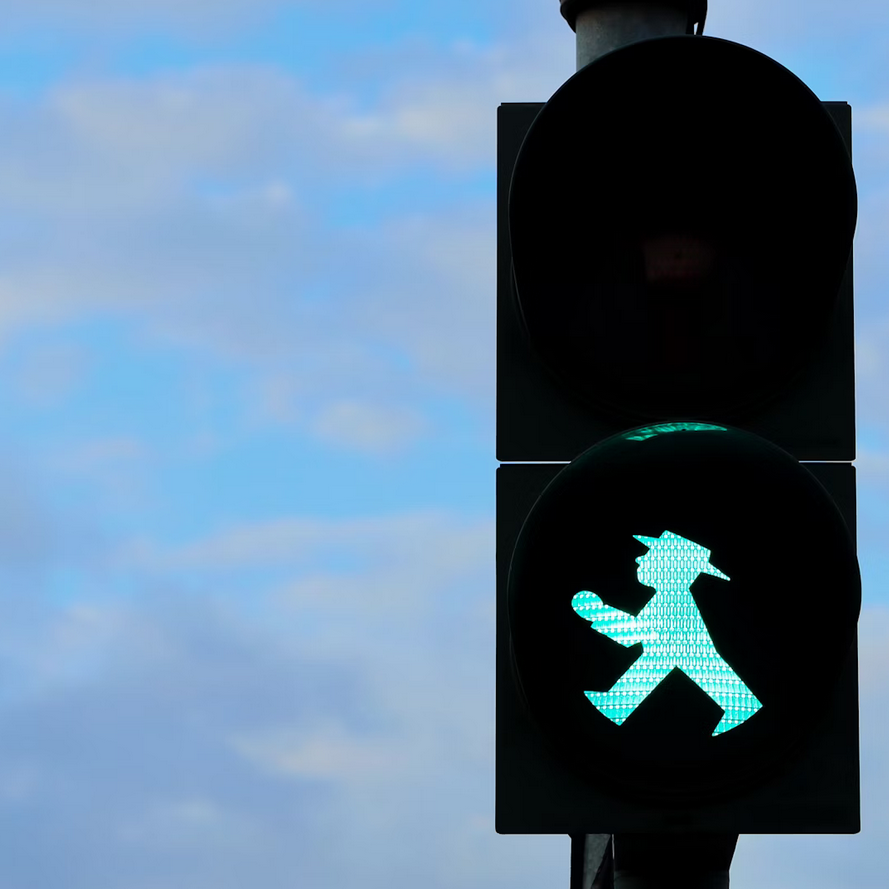Green, Yellow, Red
Green activities are things expected be safe. From No Kings! protests to calling your Senator, we specialize in green actions. This is where nearly all activists start. Enormous changes happens in the green zone. Arguably, no real change happens without massive non-violent participation. (See the 3.5% rule for some reasons.)
Yellow actions don’t seek confrontation, but the odds of violence or arrest are real. Examples include resisting at sites known for federal escalation, like ICE detention centers, or confronting ICE agents directly. You’re not looking for trouble, but it might find you.
Red actions plan for violence or arrest. They include civil disobedience like Rosa Parks defying an immoral segregation law, as well as all forms of monkey-wrenching and violent resistance.

Our philosophy
Erica Chenoweth’s research tells us that throughout the last century, mass non-violent resistance has worked more often than any other tactic to overthrow authoritarians. It is also the most likely path back to democracy. While military coups do sometimes oust dictators, those who use violence to gain power won’t necessarily yield it to democratic processes. For these reasons we are dedicated to growing resistance as broadly as possible, utilizing non-violent tactics. Democracy is the power of the people. The people have to secure it. Scientific research tells us we do that through sustained, non-violent resistance by masses of ordinary people. Every path requires a first step, and that’s where this site comes in: we want to help you start walking.
For that reason, nearly all our actions are green: safe, legal things you can do with no background in activism. We will rarely include yellow actions, clearly marked, usually with green support actions called out.
Non-violence doesn’t end with green actions, though. Gandhi led his followers directly into a police beat-down. The images shook the world. MLK, JR. organized the Children’s March and police turned dogs and firehoses on kids as young as nine. Organizers were not surprised. Rosa Parks broke the law when she refused to stand up from her bus seat, and so did every German who slipped a potato to a Jewish prisoner. The legality and safety of our actions is dependent on the brutality and control of the regime we oppose, not the morality of our own choices. Non-violent action encompasses a wide range.
We cannot guarantee that what is safe and legal today will remain so, but we do not comply in advance. (Timothy Snyder’s Rule #1 for fighting fascism.) We do know that the more of us who stand bravely now, the safer we all are. ICE runs from large crowds, but detains individuals. There is power and security in numbers, and our best chance for a safe tomorrow is a courageous stand today.
Conversely, if we fail to stop them, your compliance now will not protect you later. Authoritarian leaders have no loyalty. Not even their own inner circle is safe — consider the epidemic of Putin associates who fall from high-up windows. A totalitarian’s demands increase to consume everything. You will not be able to comply enthusiastically enough. Stand together now, and prevent that dystopian future.
Finally, a word on violent resistance: we are ambivalent. We can hardly condemn those who blew up Nazi headquarters, destroying lists of Jews marked for death, nor those who helped fleeing slaves in the U.S. escape armed patrols. “To save one life is as to save the world.” We also know those actions were insufficient to end slavery or stop Hitler’s march. We encourage you to find the path that suits you, choosing from issues and tactics in ways that uniquely tap your talents. To quote a Black activist we know: “Keep your eyes on your own homework.“
For more on the research into non-violent resistance, we recommend Erica Chenoweth’s TED talk (8 minutes):
